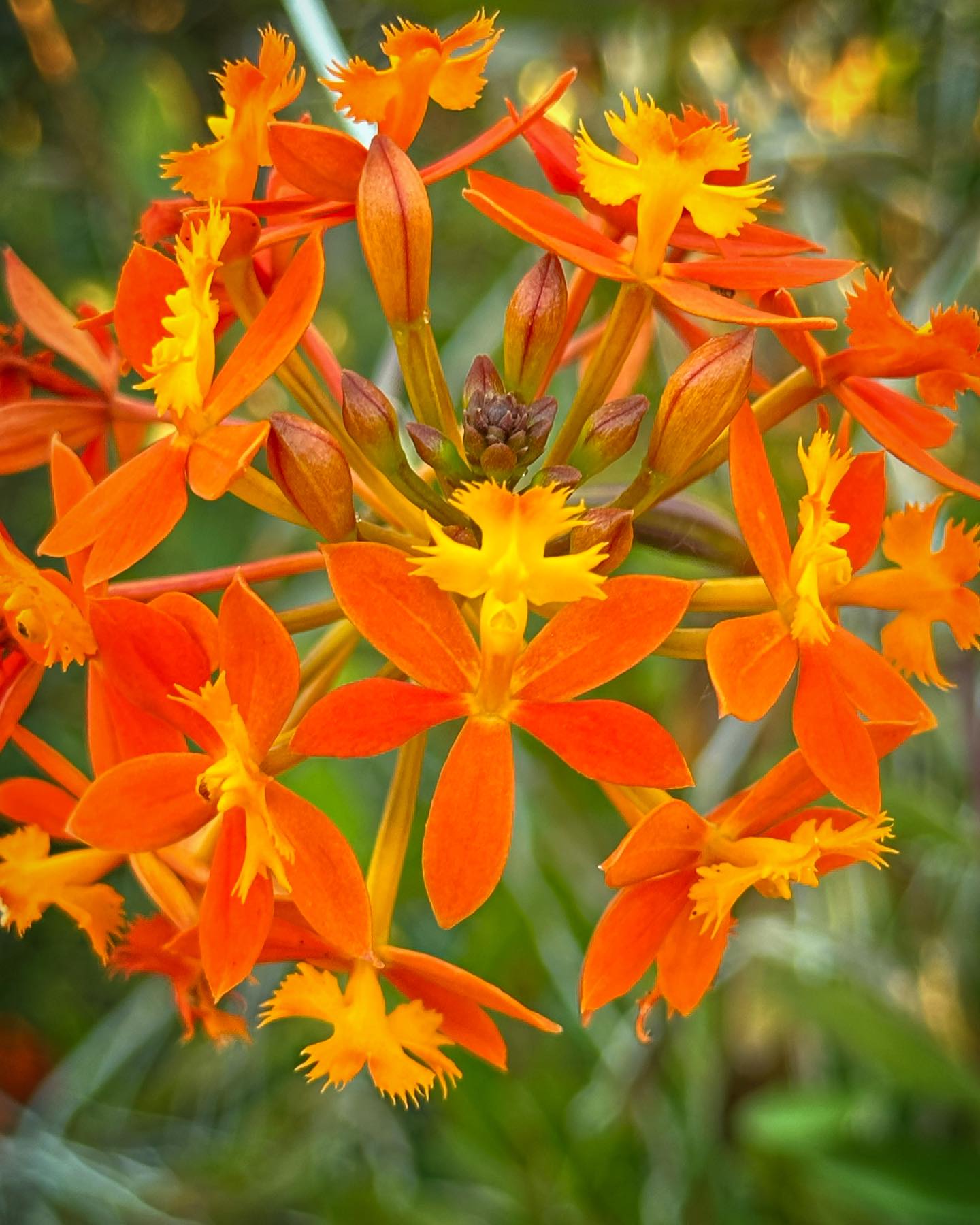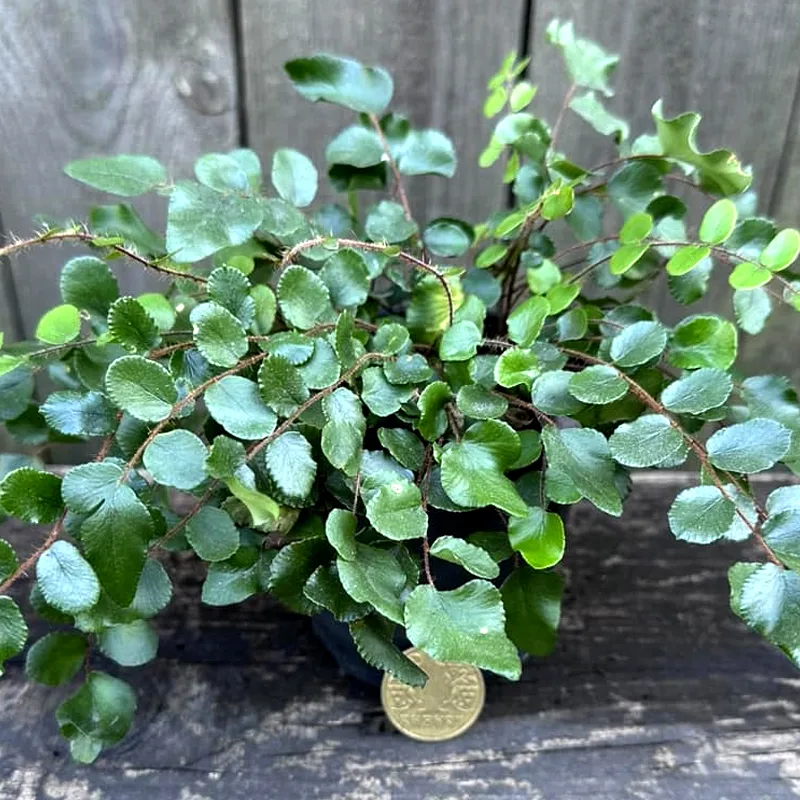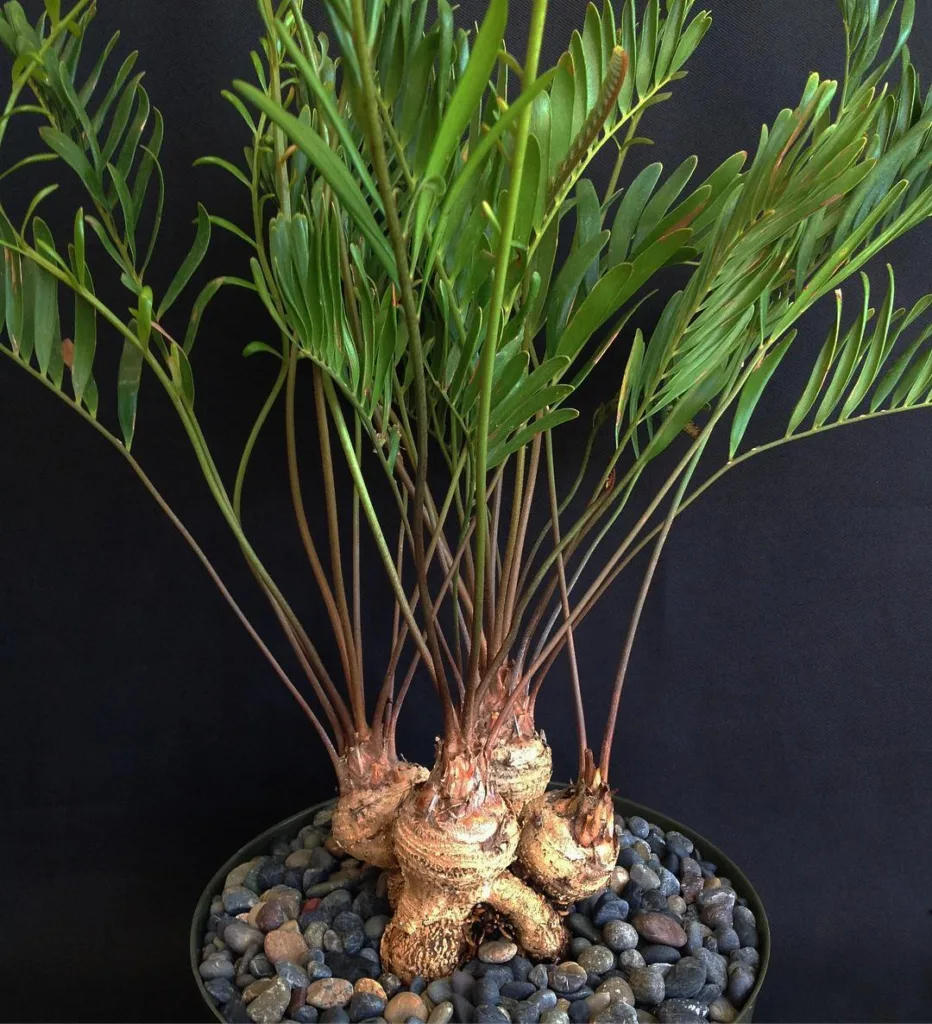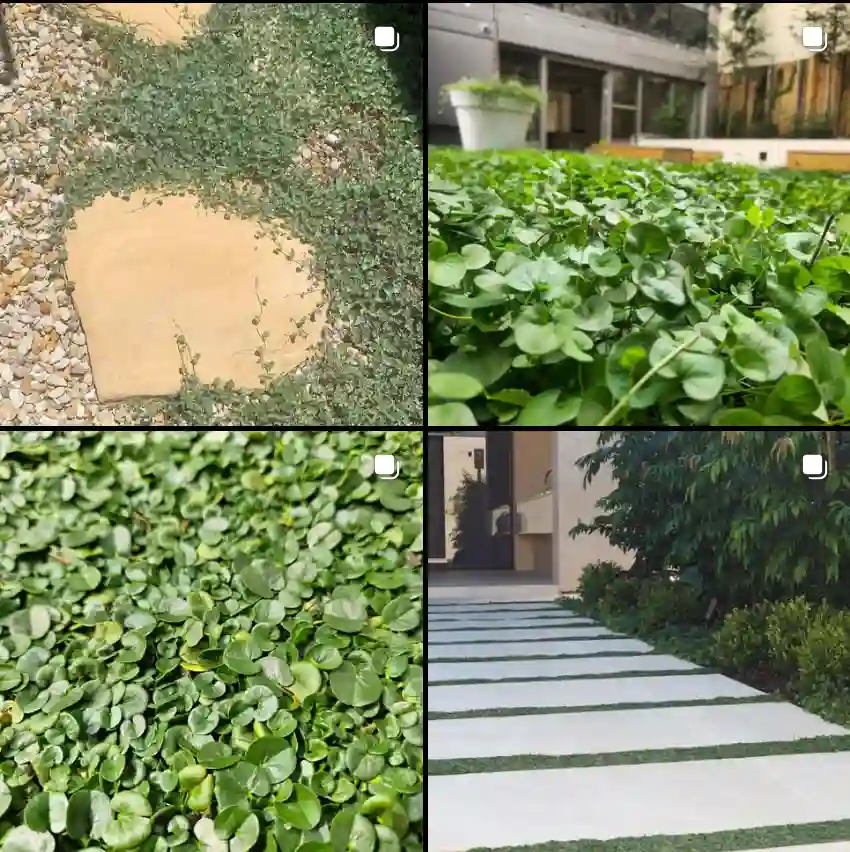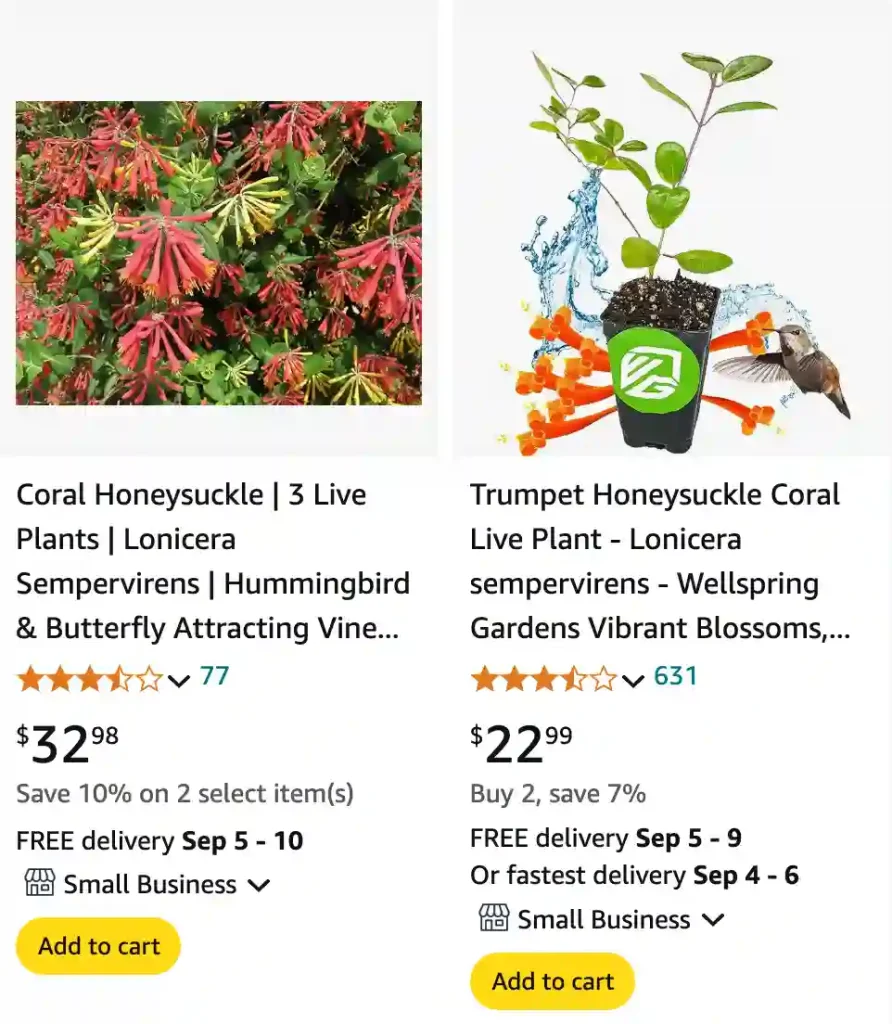
FAQs About Lonicera Sempervirens
Lonicera Sempervirens, commonly known as the Coral Honeysuckle, is a beautiful and versatile plant that I’ve come to appreciate in my garden. Its vibrant flowers and hearty nature make it a favorite, but I’ve had several questions pop up along the way. Here’s a comprehensive guide to address some of the most frequently asked questions about this plant.
162 Species in Genus Lonicera
Is Lonicera Sempervirens Invasive?
One of the most common concerns about Lonicera Sempervirens is whether it’s invasive. Fortunately, unlike its cousin, Lonicera Japonica (Japanese Honeysuckle), Lonicera Sempervirens is not considered invasive. It’s a more controlled climber that doesn’t spread aggressively. However, it’s always wise to monitor any plant’s growth to ensure it doesn’t outcompete other species in your garden.
Is Lonicera Sempervirens Poisonous to Dogs?
Another concern is the safety of Lonicera Sempervirens around pets. The good news is that this plant is not known to be poisonous to dogs. Its vibrant flowers are non-toxic, so you don’t have to worry if your furry friend takes an occasional nibble.
Where to Buy Lonicera Sempervirens?
Finding Lonicera Sempervirens is relatively easy. I’ve bought mine from local nurseries and garden centers. Additionally, reputable online plant retailers often carry it. When purchasing, ensure you’re getting a healthy plant from a reliable source to guarantee successful growth.
Are Lonicera Sempervirens Bad for Bees?
On the contrary, Lonicera Sempervirens is excellent for bees! Its nectar-rich flowers attract pollinators like bees and butterflies, making it a beneficial addition to any garden aiming to support local wildlife.
Can Lonicera Sempervirens Cuttings Be Rooted?
Yes, Lonicera Sempervirens cuttings can be rooted. I’ve propagated mine this way with success. To root cuttings, take a healthy stem cutting, dip it in rooting hormone, and plant it in a moist potting mix. Keep it in a warm, shaded area until roots develop.
Can You Grow Lonicera Sempervirens from Seed?
Growing Lonicera Sempervirens from seed is also possible. I’ve started mine from seeds with a bit of patience. Soak the seeds for a few hours before planting them in a well-draining soil mix. Keep them in a warm environment to encourage germination.
Does Lonicera Sempervirens Smell?
Lonicera Sempervirens is known for its sweet fragrance. The flowers emit a lovely scent, especially in the evening, which can enhance the sensory experience in your garden.
How Does Lonicera Sempervirens Propagate?
Aside from seeds and cuttings, Lonicera Sempervirens can be propagated by layering. Simply bend a stem to the ground, cover a portion of it with soil, and secure it. Over time, it will develop roots and can be separated from the parent plant.
How Does Lonicera Sempervirens Spread?
Lonicera Sempervirens spreads primarily through its climbing vines. It can cover trellises, fences, and other supports. While it’s not invasive, it can still spread significantly if given the opportunity, so regular pruning is essential.
How Much Sun Does Lonicera Sempervirens Need?
Lonicera Sempervirens thrives in full sun to partial shade. In my garden, it does best with at least 4-6 hours of sunlight per day. It can tolerate some shade but may not flower as abundantly in lower light conditions.
How to Grow Lonicera Sempervirens?
Growing Lonicera Sempervirens is straightforward. Plant it in well-draining soil and ensure it has adequate support to climb. Water it regularly, especially during dry spells, and apply a balanced fertilizer in the spring to encourage vigorous growth and flowering.
How to Prune Lonicera Sempervirens?
Pruning Lonicera Sempervirens is key to maintaining its shape and promoting healthy growth. I usually prune it after blooming to remove dead or overgrown stems and to shape the plant. Regular pruning helps it stay tidy and ensures it continues to flower well.
Is Lonicera Sempervirens Fragrant?
Yes, Lonicera Sempervirens is fragrant. The blooms emit a sweet, pleasant scent that can be quite delightful, especially in the evening when the fragrance is strongest.
Is Lonicera Sempervirens Native?
Yes, Lonicera Sempervirens is native to North America. It’s well adapted to a range of climates and can be a beautiful addition to native plant gardens.
Is Lonicera Sempervirens Toxic?
Lonicera Sempervirens is generally not toxic to humans or animals. It’s safe for children and pets, unlike some other plants that can cause problems if ingested.
Is Lonicera Sempervirens Toxic to Cats?
Lonicera Sempervirens is not toxic to cats. I’ve had it around my own cats without any issues. It’s always good practice to monitor your pets to ensure they don’t eat large quantities of any plant.
Where to Purchase Lonicera Sempervirens?
You can purchase Lonicera Sempervirens from local nurseries, garden centers, and various online retailers. Ensure you’re buying from a reputable source to get a healthy plant.
Lonicera Sempervirens vs. Campsis Radicans
Comparing Lonicera Sempervirens with Campsis Radicans (Trumpet Vine), I find Lonicera Sempervirens to be less aggressive. Campsis Radicans can become invasive and is often more challenging to control, whereas Lonicera Sempervirens is a more manageable climber.
Lonicera Sempervirens vs. Lonicera Japonica
Lonicera Sempervirens and Lonicera Japonica (Japanese Honeysuckle) are often confused. Lonicera Japonica is invasive and can quickly overtake garden spaces, whereas Lonicera Sempervirens is not invasive and has a more controlled growth pattern.
By addressing these FAQs, I hope to clarify some common concerns and enhance your gardening experience with Lonicera Sempervirens. Whether you’re growing it for its beauty, fragrance, or its benefits to pollinators, this plant is a valuable addition to any garden.
If i die, water my plants!
